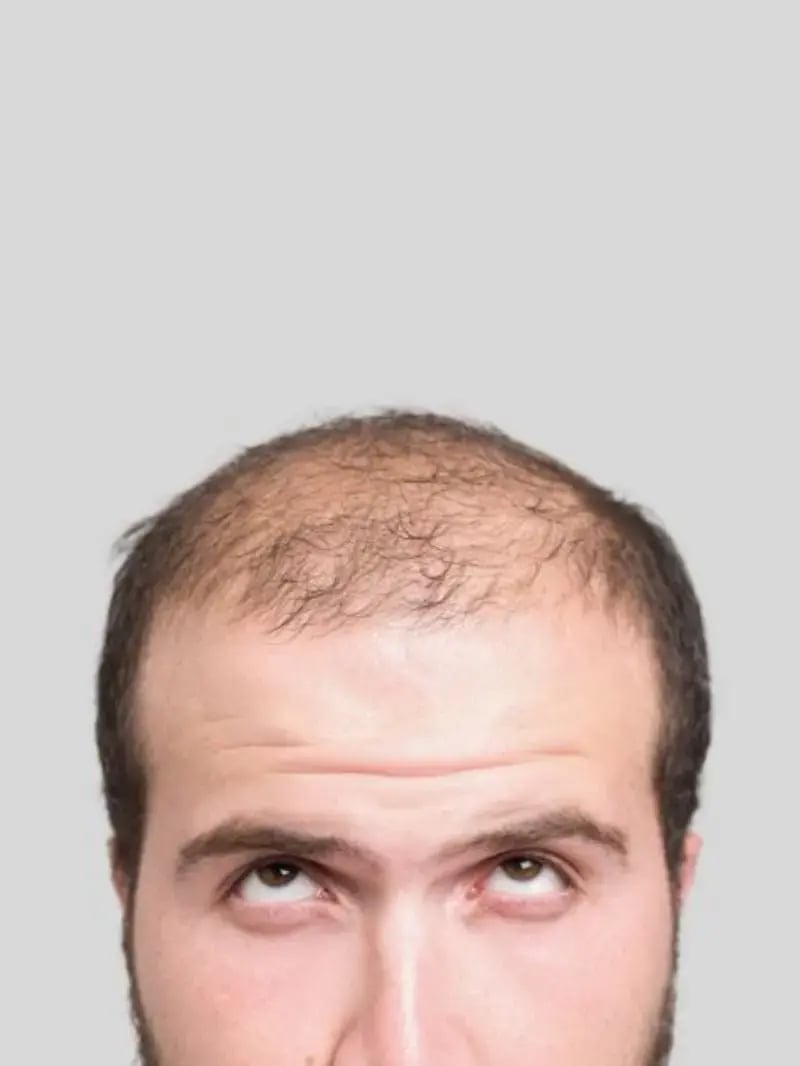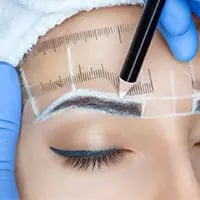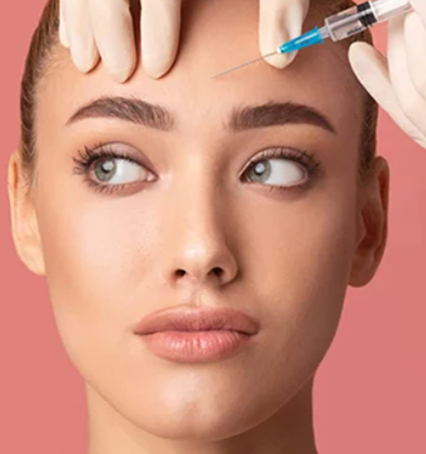&Hair Transplant Recovery Process
What to Expect During Hair Transplant Recovery?
In the hair transplant operation, the post-transplant period is as important as the transplant. After the operation, the transplanted area should be left open without bandaging and air should be provided. After hair transplant, patients typically experience a period of healing and recovery.
The area should not be rubbed or exposed to trauma for a week post-transplant. Avoid strenuous activities to prevent disruption to the healing process.
Patients are advised to sleep upright for two days to minimize friction. Gentle washing should commence on the second day, with instructions to avoid scratching or picking scabs.
Hair shedding may occur for 1-3 months before permanent growth begins.

What is the Hair Transplant Timeline?
- Follicular Unit Transplant: Recovery in 2-3 weeks.
- Follicular Unit Extraction: Patient recovers in 5 days.
- Initially, expect swelling and bruising for 3 days, possibly continuing up to 4 days post-surgery.
- Antibiotics and painkillers aid comfort.
- Avoid strenuous movements to protect newly grafted follicles.
- Sleep with head elevated using extra pillows.
- Showering requires caution; avoid hair for 3 days, then wash gently on the 4th day.
- Light exercise like walking is okay after the first week.
- Resist scratching despite itchiness in the first month.
- "Shock loss" of hair is natural within 6-10 weeks. Patience is key as hair growth begins 8-12 months post-surgery.
Our mission is to create a world where every investment in modern beauty is Worth It.
Let's keep in touch
Get updates of the treatments you are interested
What are the Tips to Speed up Hair Transplant Recovery Time?
Post-Hair Transplant Care Tips:
Sleep upright: Use multiple pillows or a reclining chair to reduce swelling.
Delay washing: Wait 48 hours before gently washing hair with warm water.
Apply soft pressure: If bleeding occurs, lightly press with a clean cloth.
Take prescribed meds: Medication aids healing and reduces irritation.
Hide visible follicles: Keep hair long to conceal any visible signs of surgery.
Avoid exertion: Steer clear of strenuous activities to aid recovery.
Eat healthily: Opt for a nutritious diet, avoiding spicy food and alcohol.
Stay patient: Hair growth takes time; be patient for optimal results.
What are the Complications can be Occurred After Hair Transplant?
Patients may experience scabbing on the scalp following a hair transplant procedure. Side effects of hair transplant surgery may include temporary swelling or discomfort.
However, as is the case in any surgery, there are risks
The main risks have to do with managing patient expectations. The best use of hair transplants is to help define the anterior hairline and give a fuller, natural look to hairline and temples.
Besides this there are also some side effects of the surgery which can be described as risks. Crown hair transplant focuses on restoring hair to the crown area of the scalp.
Scarring, unnatural results, excessively large visible grafts, loss of existing hair (shock effluvium), infection (rare but can occur with any procedure), cysts, numbness are the risks that any patient can face with. Make sure you have a good doctor and ask about the risks.
Our mission is to create a world where every investment in modern beauty is Worth It.
Let's keep in touch
Get updates of the treatments you are interested
What to Expect During Hair Transplant Recovery?
In the hair transplant operation, the post-transplant period is as important as the transplant. After the operation, the transplanted area should be left open without bandaging and air should be provided. After hair transplant, patients typically experience a period of healing and recovery.
The area should not be rubbed or exposed to trauma for a week post-transplant. Avoid strenuous activities to prevent disruption to the healing process.
Patients are advised to sleep upright for two days to minimize friction. Gentle washing should commence on the second day, with instructions to avoid scratching or picking scabs.
Hair shedding may occur for 1-3 months before permanent growth begins.

What is the Hair Transplant Timeline?
- Follicular Unit Transplant: Recovery in 2-3 weeks.
- Follicular Unit Extraction: Patient recovers in 5 days.
- Initially, expect swelling and bruising for 3 days, possibly continuing up to 4 days post-surgery.
- Antibiotics and painkillers aid comfort.
- Avoid strenuous movements to protect newly grafted follicles.
- Sleep with head elevated using extra pillows.
- Showering requires caution; avoid hair for 3 days, then wash gently on the 4th day.
- Light exercise like walking is okay after the first week.
- Resist scratching despite itchiness in the first month.
- "Shock loss" of hair is natural within 6-10 weeks. Patience is key as hair growth begins 8-12 months post-surgery.
Our mission is to create a world where every investment in modern beauty is Worth It.
Let's keep in touch
Get updates of the treatments you are interested
What are the Tips to Speed up Hair Transplant Recovery Time?
Post-Hair Transplant Care Tips:
Sleep upright: Use multiple pillows or a reclining chair to reduce swelling.
Delay washing: Wait 48 hours before gently washing hair with warm water.
Apply soft pressure: If bleeding occurs, lightly press with a clean cloth.
Take prescribed meds: Medication aids healing and reduces irritation.
Hide visible follicles: Keep hair long to conceal any visible signs of surgery.
Avoid exertion: Steer clear of strenuous activities to aid recovery.
Eat healthily: Opt for a nutritious diet, avoiding spicy food and alcohol.
Stay patient: Hair growth takes time; be patient for optimal results.
What are the Complications can be Occurred After Hair Transplant?
Patients may experience scabbing on the scalp following a hair transplant procedure. Side effects of hair transplant surgery may include temporary swelling or discomfort.
However, as is the case in any surgery, there are risks
The main risks have to do with managing patient expectations. The best use of hair transplants is to help define the anterior hairline and give a fuller, natural look to hairline and temples.
Besides this there are also some side effects of the surgery which can be described as risks. Crown hair transplant focuses on restoring hair to the crown area of the scalp.
Scarring, unnatural results, excessively large visible grafts, loss of existing hair (shock effluvium), infection (rare but can occur with any procedure), cysts, numbness are the risks that any patient can face with. Make sure you have a good doctor and ask about the risks.








